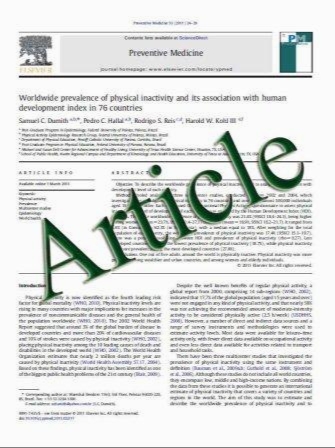Trans-anastomotic tubes reduce the need for central venous access and parenteral nutrition in infants with congenital duodenal obstruction
- نوع فایل : کتاب
- زبان : انگلیسی
- مؤلف : N. J. Hall • M. Drewett • R. A. Wheeler • D. M. Griffiths • L. J. Kitteringham • D. M. Burge
- چاپ و سال / کشور: 2011
Description
Purpose To determine the effect of trans-anastomotic tube (TAT) feeding on outcome following repair of congenital duodenal obstruction (CDO). Methods Retrospective comparative study of all infants with CDO over 10 years. Data are median (range). Mann– Whitney U test and Fisher’s exact test were used. Results Of 55 infants with CDO (48 atresia, 7 stenosis), 17 were managed with a TAT, 38 without. Enteral feeds were commenced earlier in infants with a TAT compared to those without (TAT 2 days post-repair [1–4] vs. no-TAT 3 days post-repair [1–7]; p = 0.006). Infants with a TAT achieved full enteral feeds significantly sooner than those without (TAT 6 days post-repair [2–12] vs. no-TAT 9 days postrepair [3–36]; p = 0.005). Significantly fewer infants in the TAT group required central venous catheter (CVC) placement and parenteral nutrition (PN) than in the no-TAT group (TAT 2/17 vs. no-TAT 28/38, p\0.0001). There were six CVC-related complications (5 infections, 1 PN extravasation) and four TATs became displaced and were removed before achieving full enteral feeds. One infant with a TAT with trisomy 21 and undiagnosed Hirschsprung disease developed an anastomotic leak and jejunal perforation requiring re-operation. Conclusions A TAT significantly shortens time to full enteral feeds in infants with CDO significantly reducing the need for central venous access and PN.
Pediatr Surg Int (2011) 27:851–855 DOI 10.1007/s00383-011-2896-2 Accepted: 23 March 2011 / Published online: 8 April 2011


